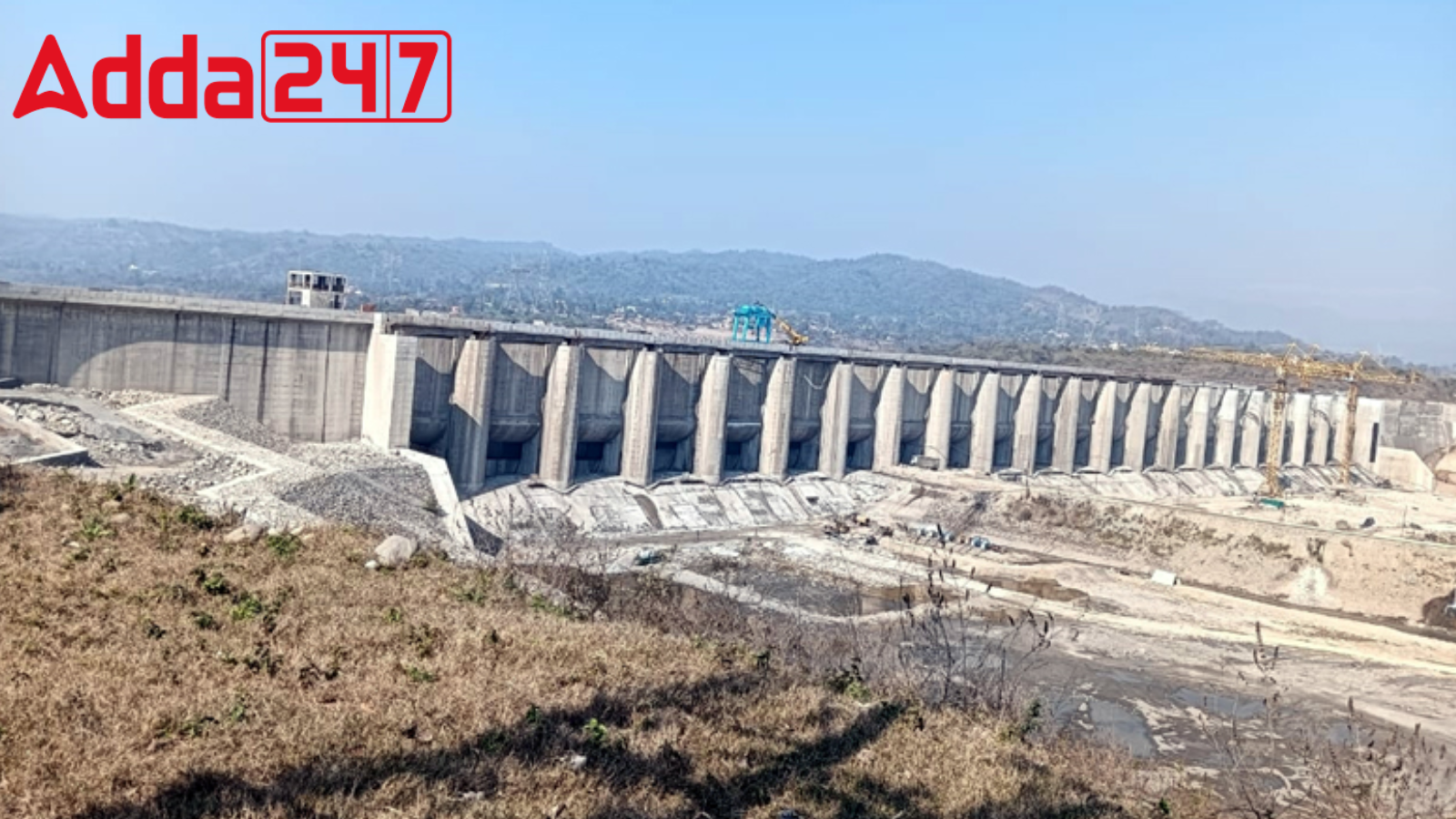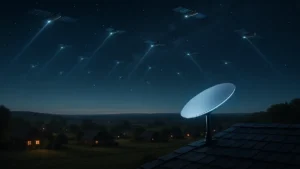After 45 years, the Shahpur-Kandi barrage’s completion is a major milestone, stopping Ravi River’s water flow into Pakistan. This will greatly impact Kathua and Samba districts in Jammu and Kashmir, benefiting over 32,000 hectares of land with irrigation.
Overcoming Decades of Challenges
- Project initiated in 1995 by former Prime Minister P V Narasimha Rao.
- Faced numerous hurdles due to disputes between Jammu and Kashmir and Punjab governments.
A Long-awaited Approval
- Central government granted approval in December 2018, restarting work on the project.
- Renewed commitment to its completion after years of setbacks.
Transformative Impact on Water Management
- As per the 1960 Indus Water Treaty, India retains exclusive rights over Ravi, Sutlej, and Beas rivers.
- Cessation of water flow into Pakistan to benefit Jammu and Kashmir and Punjab.
Harnessing Hydroelectric Power
- Barrage estimated to generate 206 MW of electricity.
- Expected to alleviate energy shortages and foster economic growth, particularly in Punjab.
Progress Towards Completion
- Executive Engineer confirms initiation of pondage processes.
- Water from Ranjeet Sagar Dam systematically released for Shahpur-Kandi barrage.
- Required dam height expected to be attained within 90 days.
Strengthening Water Management Capabilities
- Project part of India’s strategy to enhance water management capabilities.
- Several storage works already established on western rivers under IWT provisions.
- Bakra Dam on the Sutlej, Pong and Pandoh Dam on the Beas, and Thein (Ranjitsagar) on the Ravi.




 Bhartiya Bhasha Utsav 2025: Celebrating ...
Bhartiya Bhasha Utsav 2025: Celebrating ...
 Starlink Internet: Revolutionising Globa...
Starlink Internet: Revolutionising Globa...
 Google 2025: Top Searches by Indian User...
Google 2025: Top Searches by Indian User...







